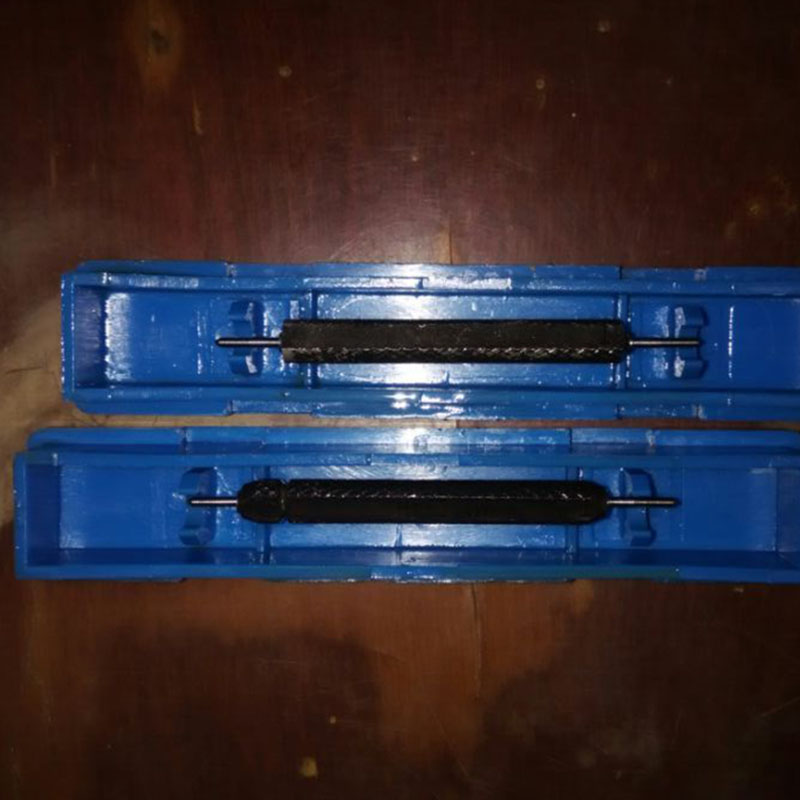Oct . 21, 2024 14:28 Back to list
Different Categories of Water Valves Explained for Efficient Flow Control
Understanding the Different Types of Water Valves
Water valves are essential components in plumbing and irrigation systems, serving various functions including controlling water flow, maintaining pressure, and facilitating the safe operation of water systems. With a variety of designs and functionalities available, understanding the different types of water valves can help users choose the right one for their specific needs.
1. Gate Valves
Gate valves are primarily used for on/off control of fluid flow. They provide minimal resistance to flow when fully opened, making them ideal for applications where a straight-line flow is essential. Typically, gate valves feature a wedge-shaped gate that raises or lowers to either allow or block water passage. These valves are best suited for applications where frequent operation is not required, as they can be slow to open and close.
2. Globe Valves
Globe valves are excellent for throttling flow, allowing users to regulate water flow more finely than gate valves. They consist of a movable disk and a stationary ring seat in a spherical body, which allows for greater precision in flow control. While globe valves create more resistance to flow due to their design, they are favored in applications requiring consistent regulation, such as in heating systems, fuel lines, and water distribution systems.
3. Ball Valves
Ball valves utilize a spherical disc— the ball— which operates to stop and start the flow in a pipe. With a simple quarter-turn motion, ball valves can open or close quickly, providing an effective solution for shut-off scenarios. They are durable and offer a reliable sealing action, making them ideal for applications with high-pressure water systems. Ball valves also come in a variety of materials, including brass, stainless steel, and PVC.
4
. Butterfly ValvesButterfly valves are characterized by a rotating disc that regulates flow through a pipe. This design allows for quick shut-off capabilities and is particularly effective for large volumes of water. Butterfly valves are lightweight and compact compared to other valve types, making them suitable for applications in industrial systems, water treatment facilities, and HVAC systems. Their construction often involves a resilient seat that provides a tight seal and reduces pressure loss.
types of water valve

5. Check Valves
Check valves prevent backflow in piping systems, ensuring that water flows in one direction only. These valves are equipped with a spring-loaded disc or ball that automatically closes if water attempts to flow backward. Check valves are crucial for protecting pumps, maintaining system pressure, and preventing contamination. They are often applied in water supply systems and wastewater management.
6. Pressure Relief Valves
Pressure relief valves are designed to protect systems from excess pressure, which can lead to damage or failure. They work by automatically venting fluid when pressure exceeds a pre-set limit. These valves are vital in safety applications, typically found in industrial systems and water towers, ensuring that pressures remain within safe operational limits.
7. Solenoid Valves
Solenoid valves are electromechanical devices that open or close fluid flow when an electrical current is applied. They are highly versatile and can be controlled remotely, making them suitable for automated systems. Common applications include irrigation systems and automated water control in residential and commercial settings. Their quick-response nature allows for efficient control over water supply and usage.
8. Diaphragm Valves
Diaphragm valves utilize a flexible diaphragm to control fluid flow. When the diaphragm is pressed downward, it seals the flow path, while lifting it allows fluid to pass through. This design minimizes leakage and is commonly used in scenarios where cleanliness is crucial, such as in pharmaceuticals or food processing. Diaphragm valves are effective for both on/off control and flow regulation.
Conclusion
Choosing the right type of water valve is crucial for the efficiency and safety of various water systems. Understanding the functions and applications of each valve type—be it gate, globe, ball, butterfly, check, pressure relief, solenoid, or diaphragm—will empower users to make informed decisions that cater to their specific needs. Regardless of the application, these valves are vital components that ensure optimal performance in plumbing, irrigation, and industrial systems alike.
-
Right Angle Ruler Tool for WoodworkingNewsJul.04,2025
-
Precision Frame Level Calibration StepsNewsJul.04,2025
-
Magnetic Vee Block MaterialsNewsJul.04,2025
-
Heavy Duty Ground Anchors in MiningNewsJul.04,2025
-
Features of Welding Table Cast IronNewsJul.04,2025
-
Equipment Vibration Pads InstallationNewsJul.04,2025
Related PRODUCTS









